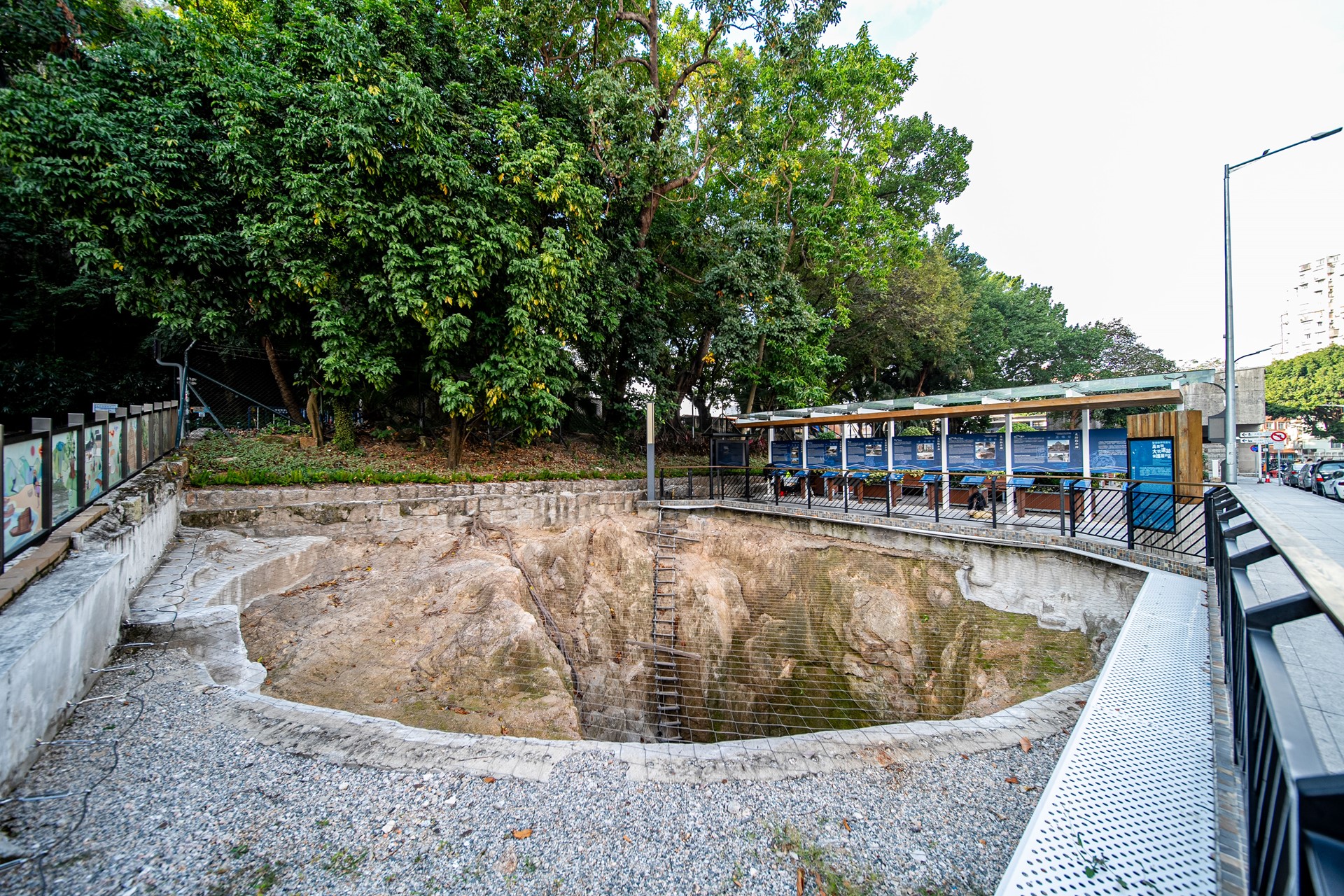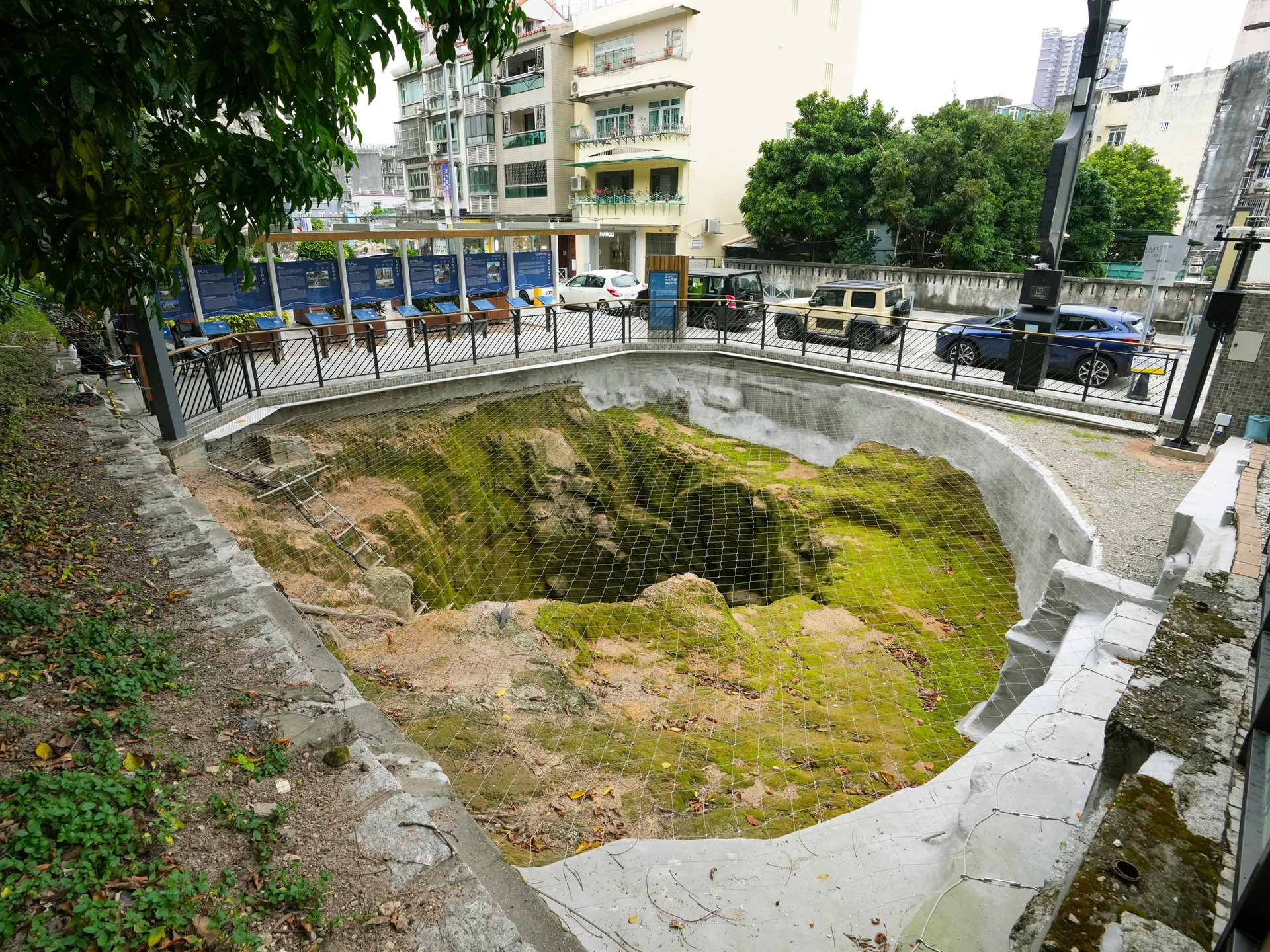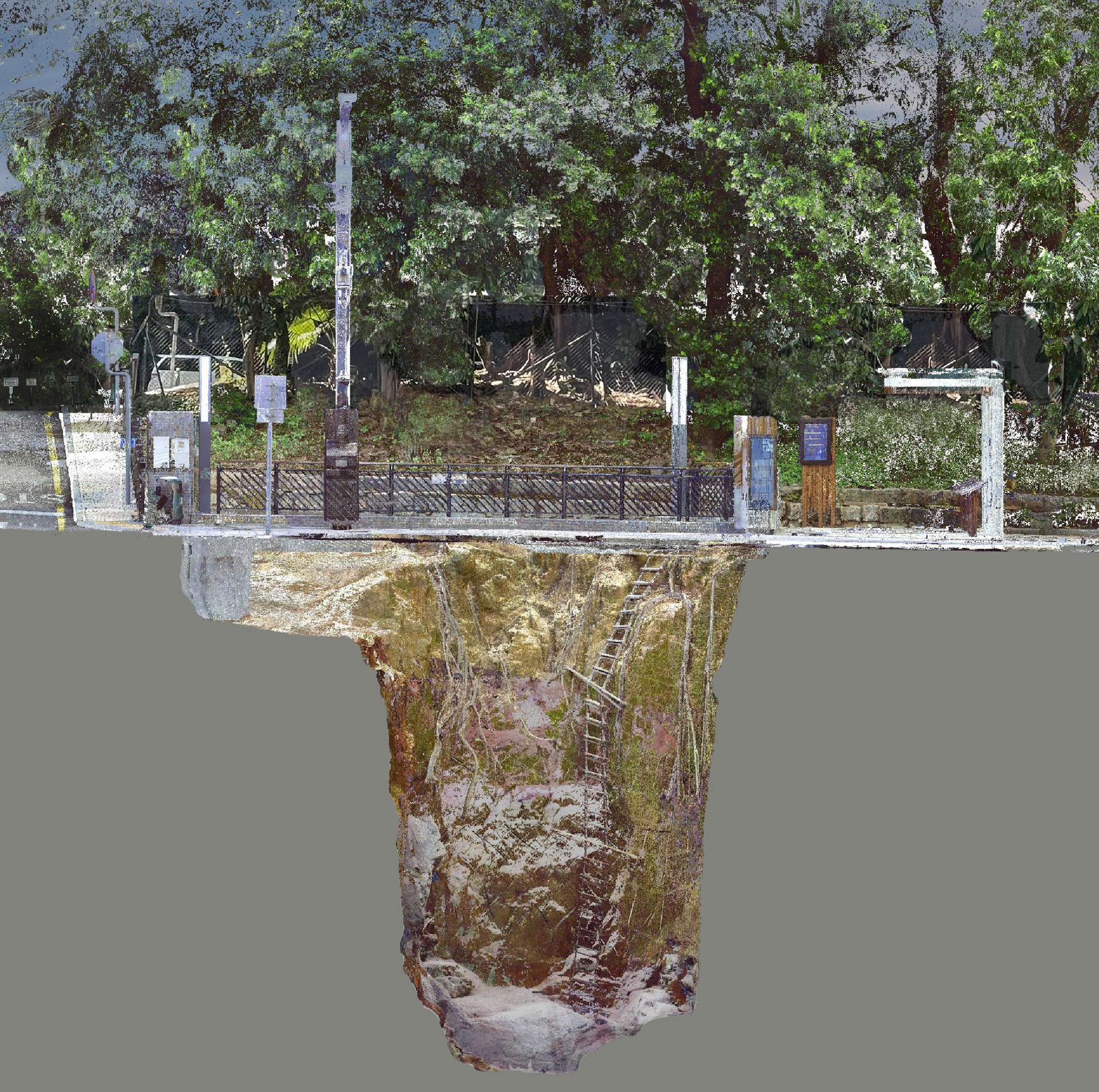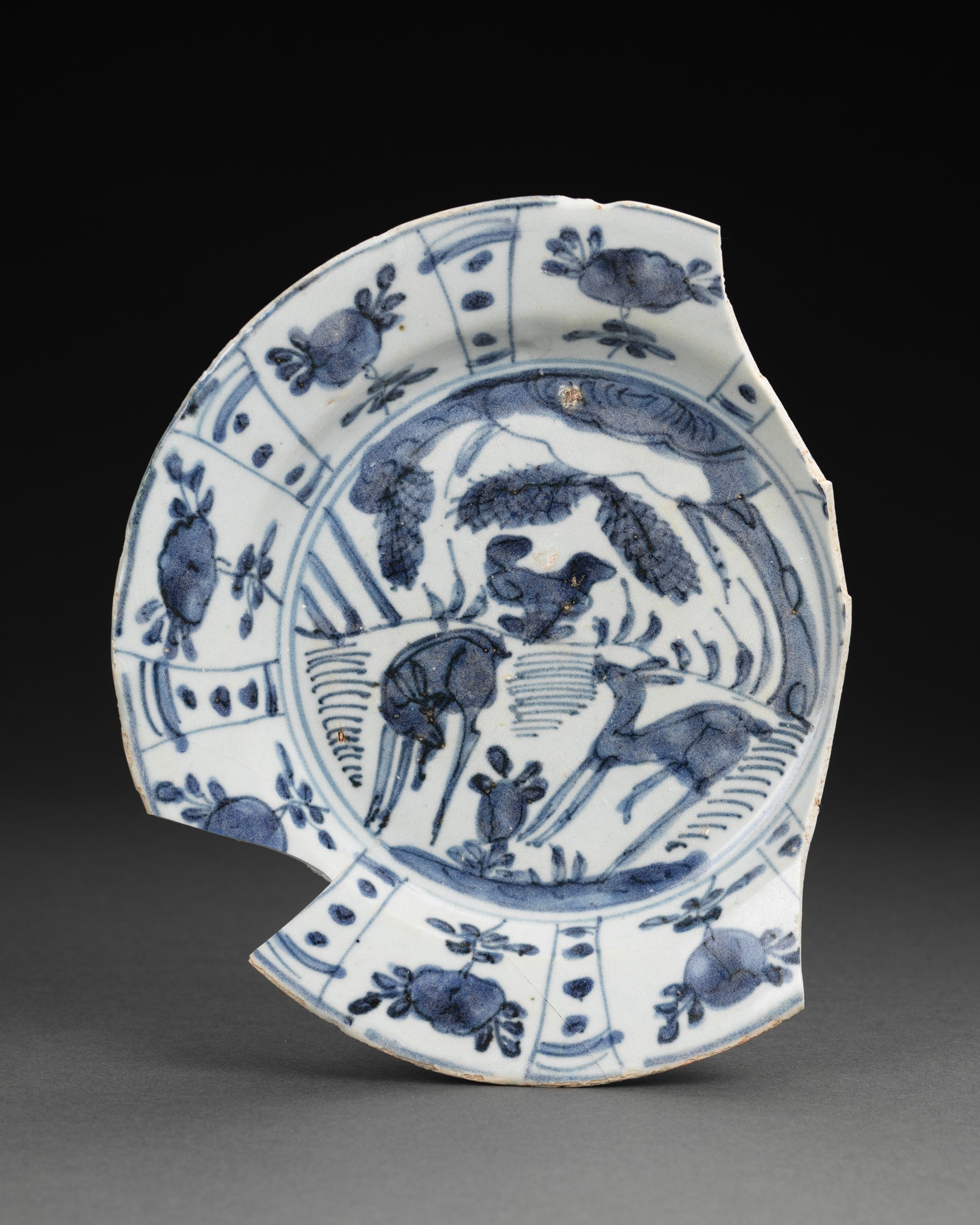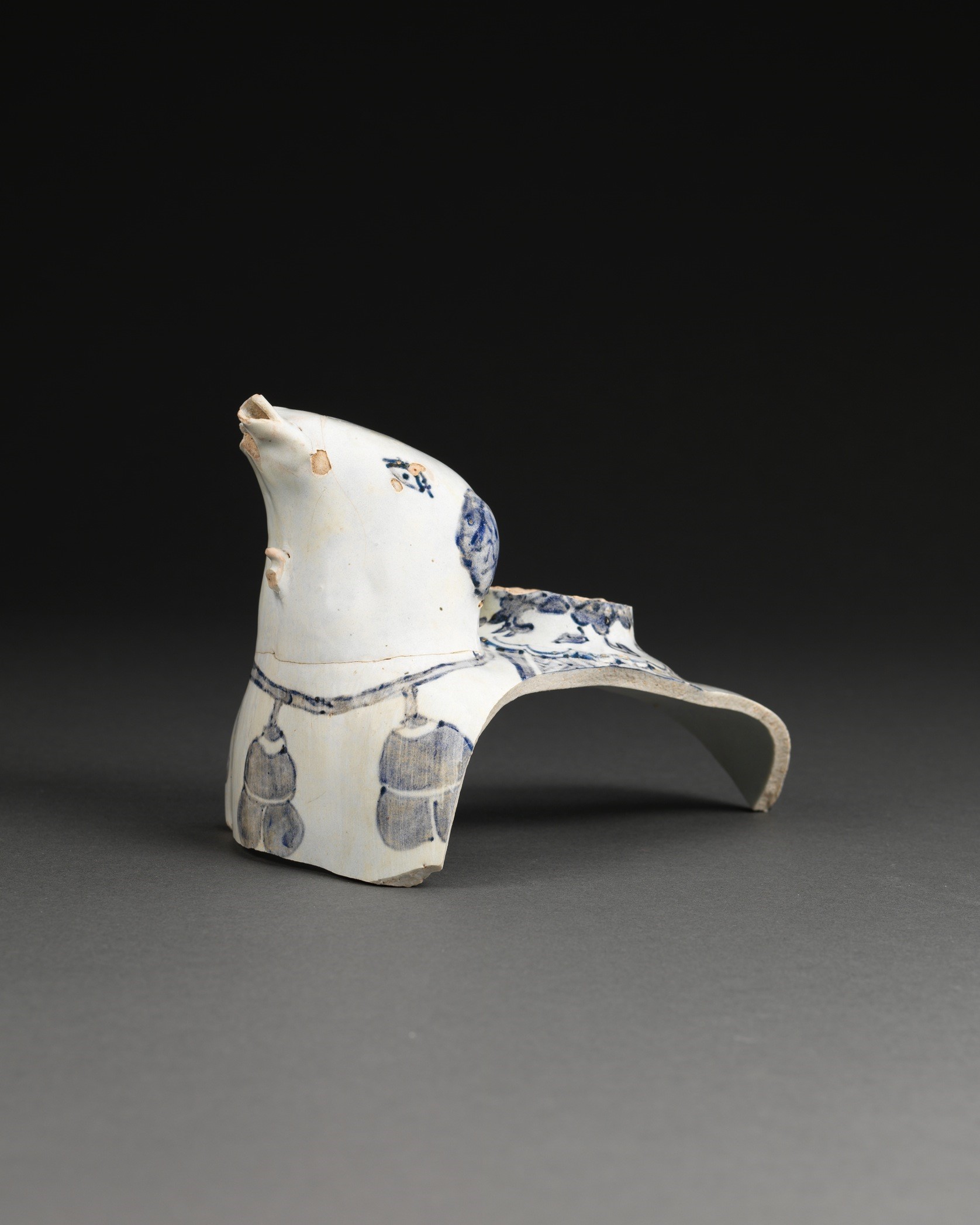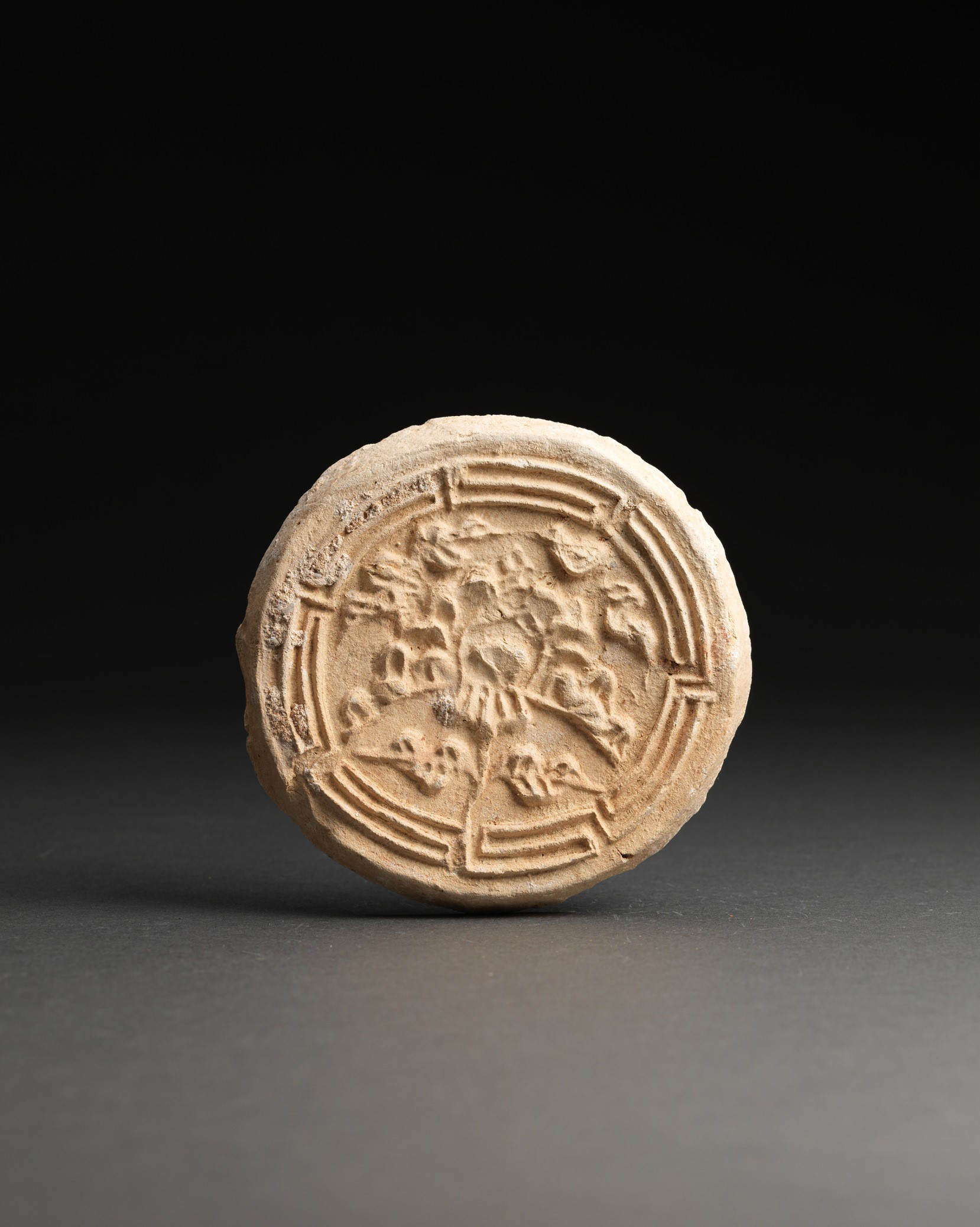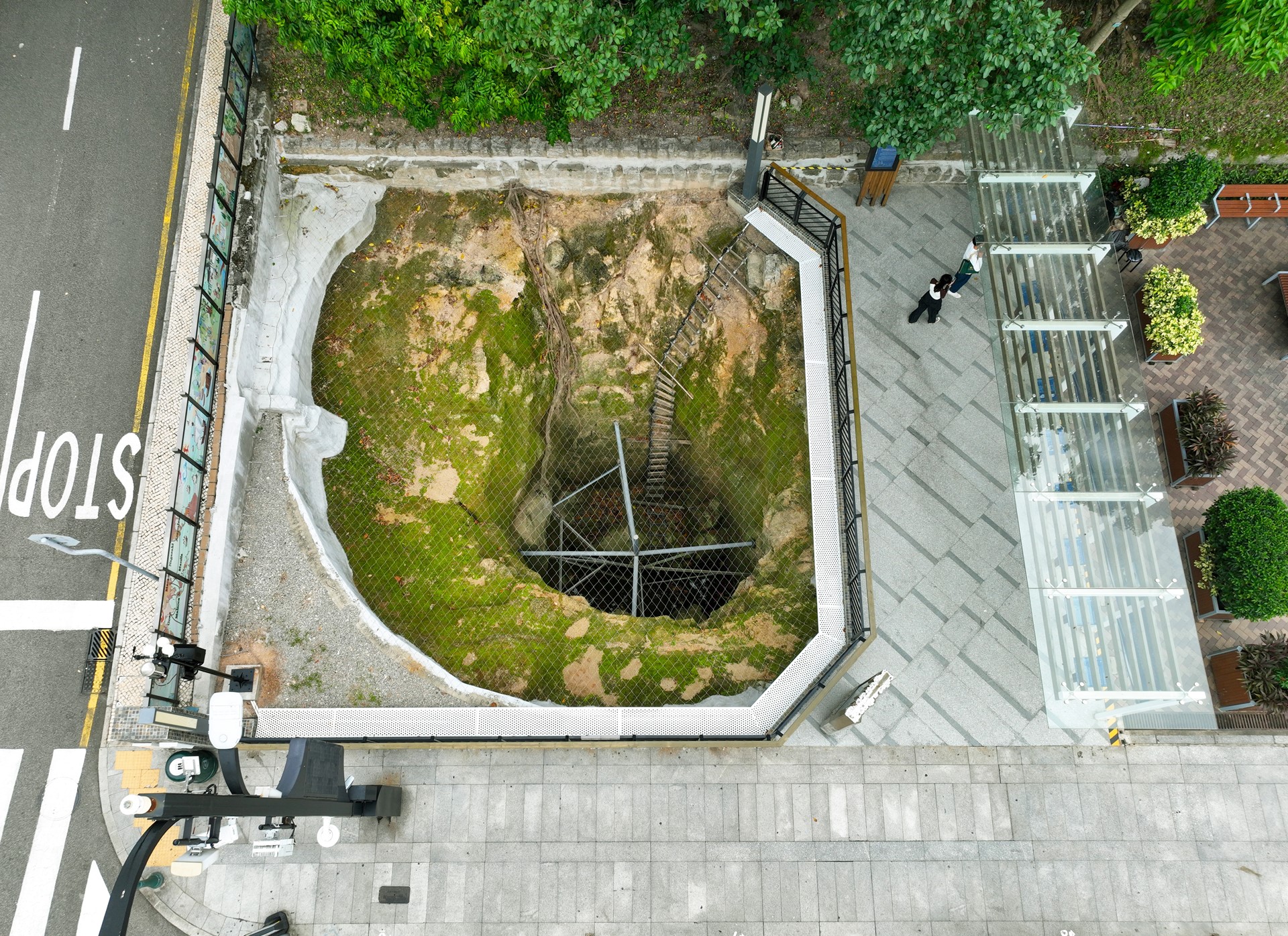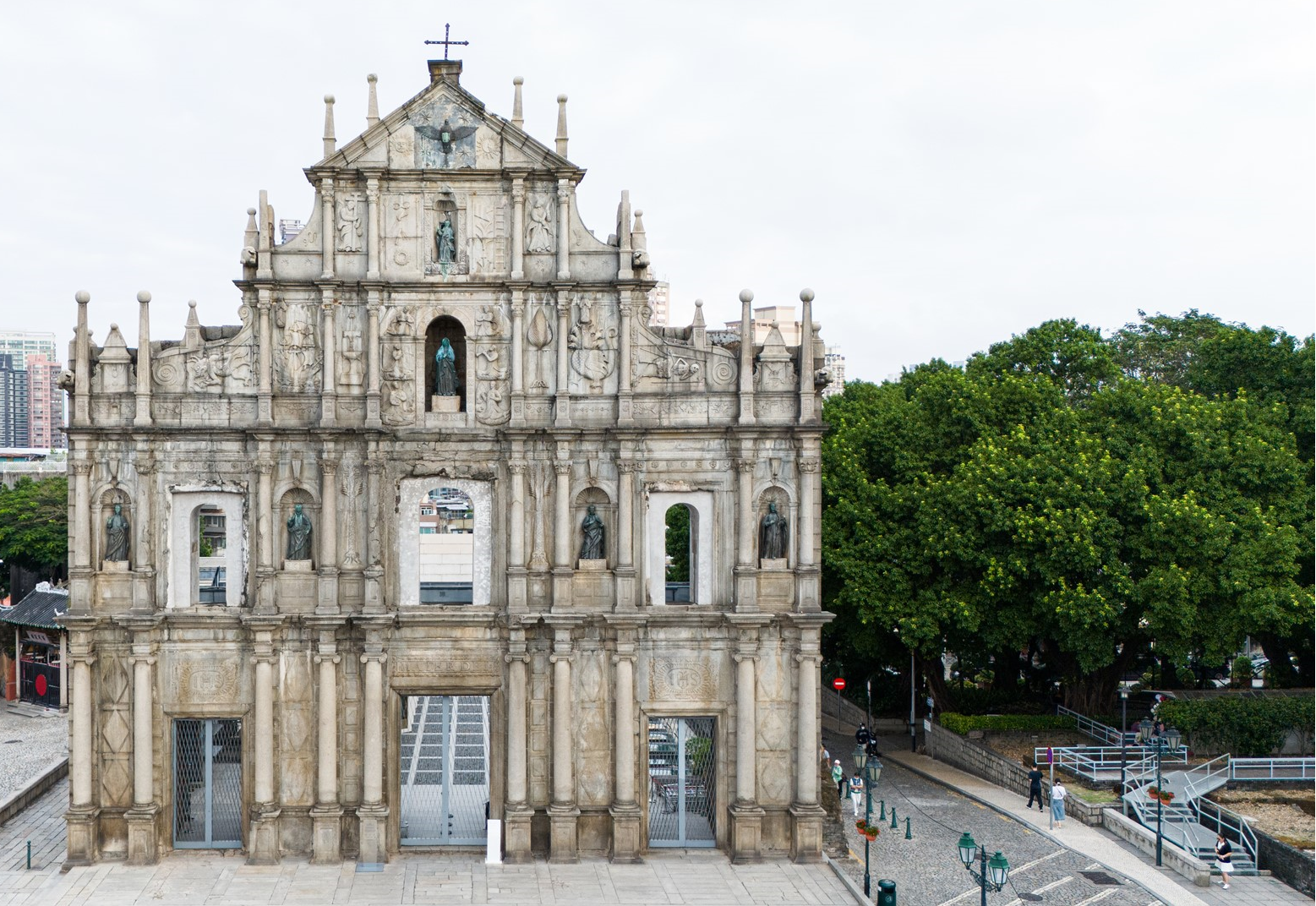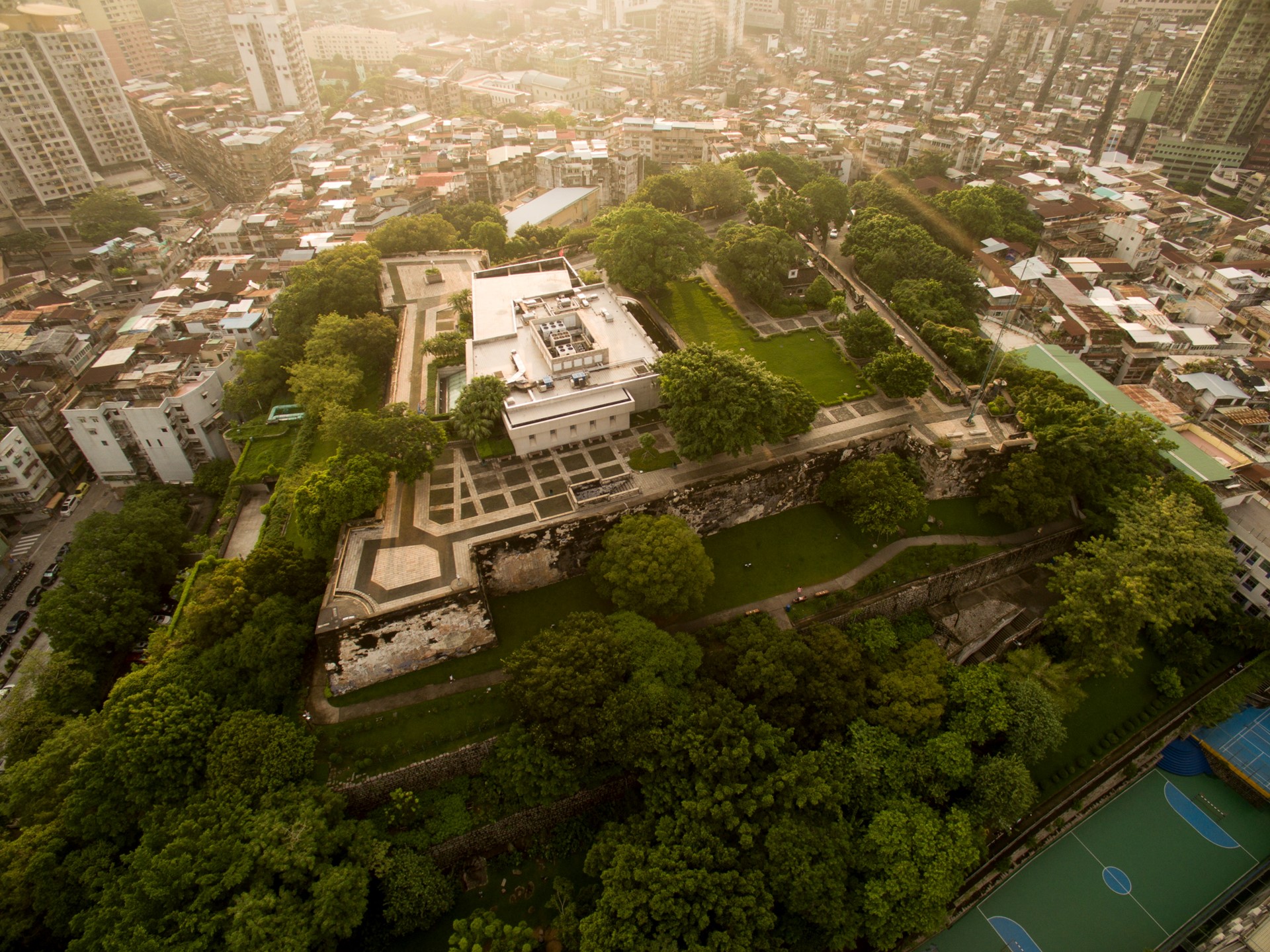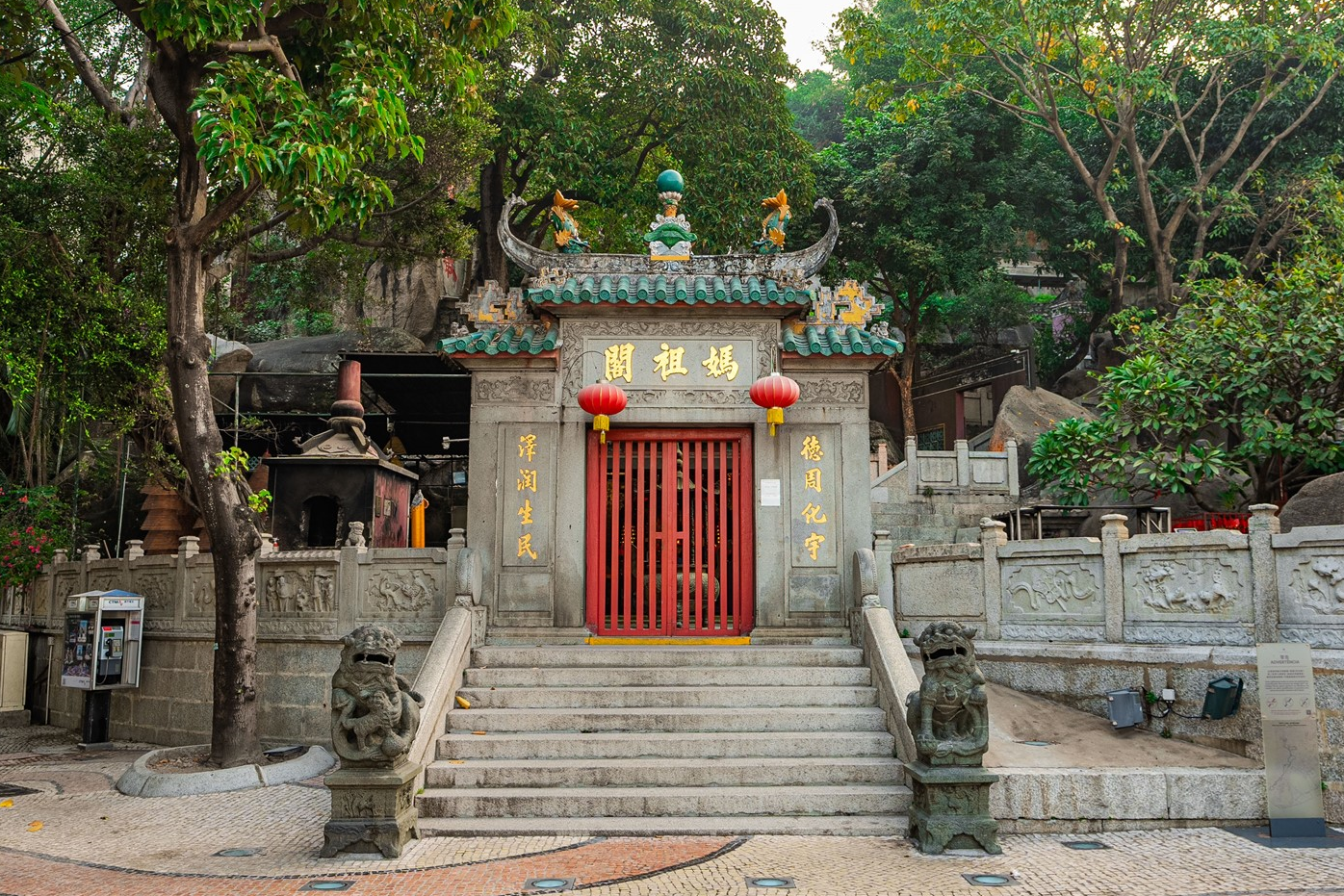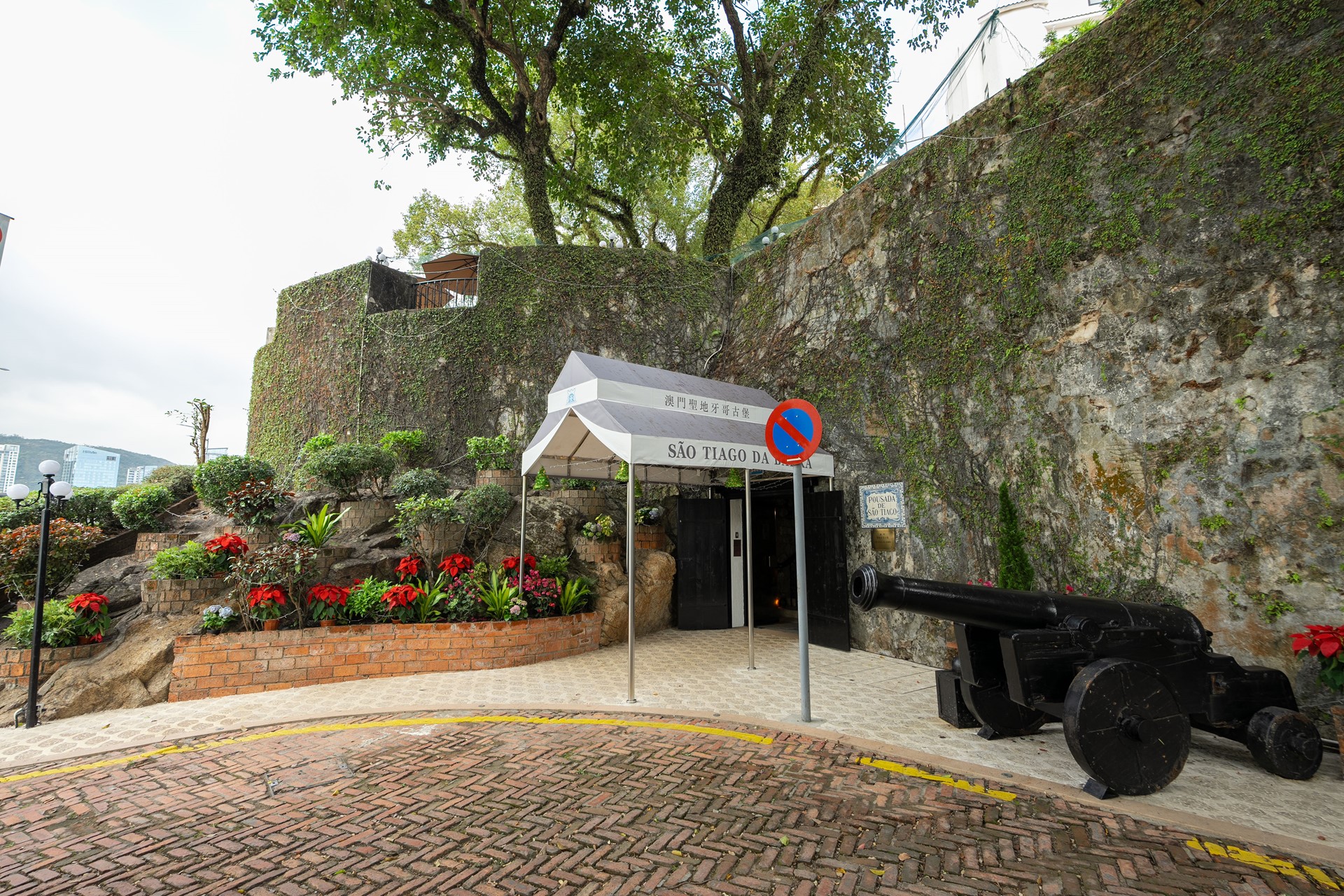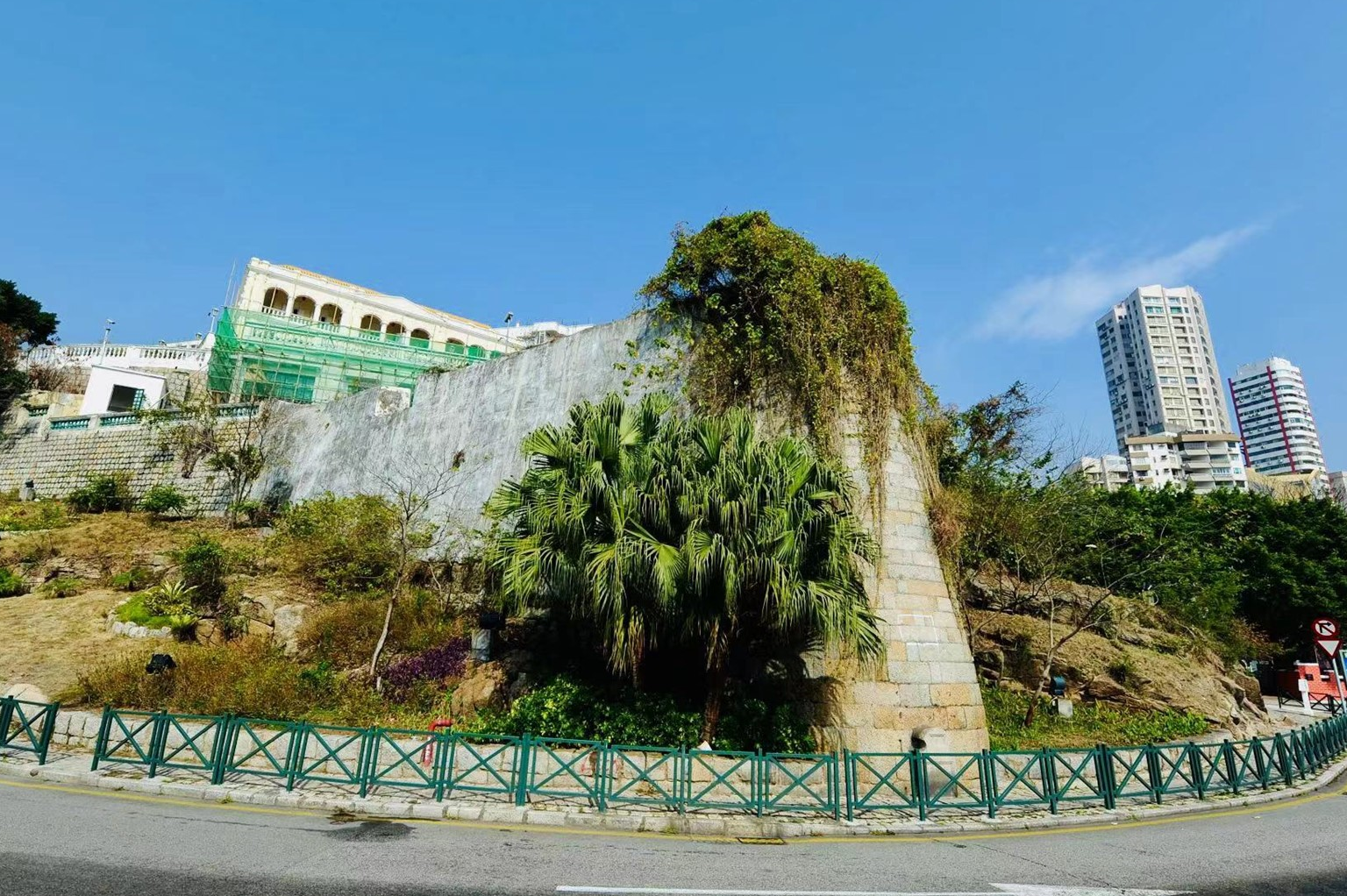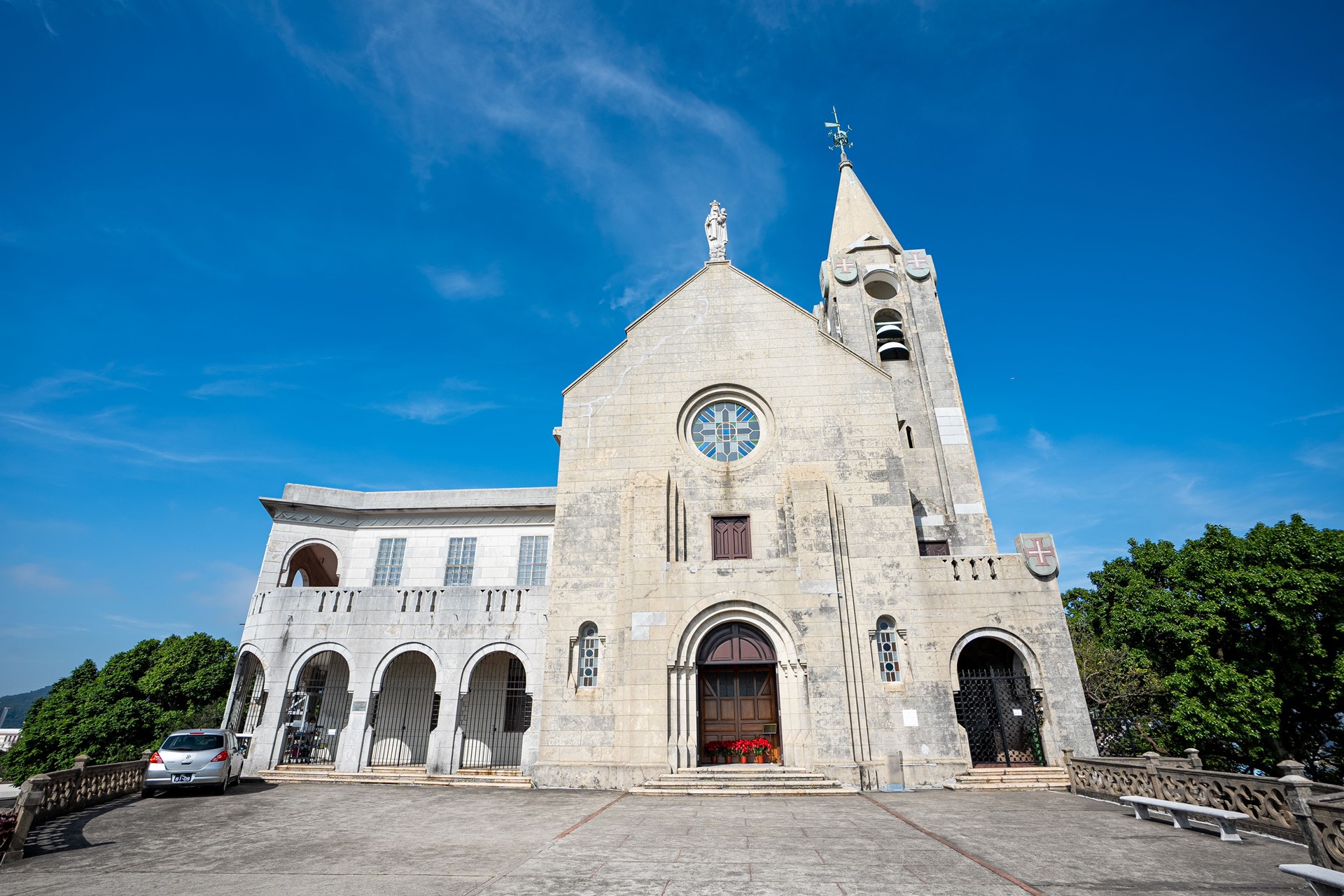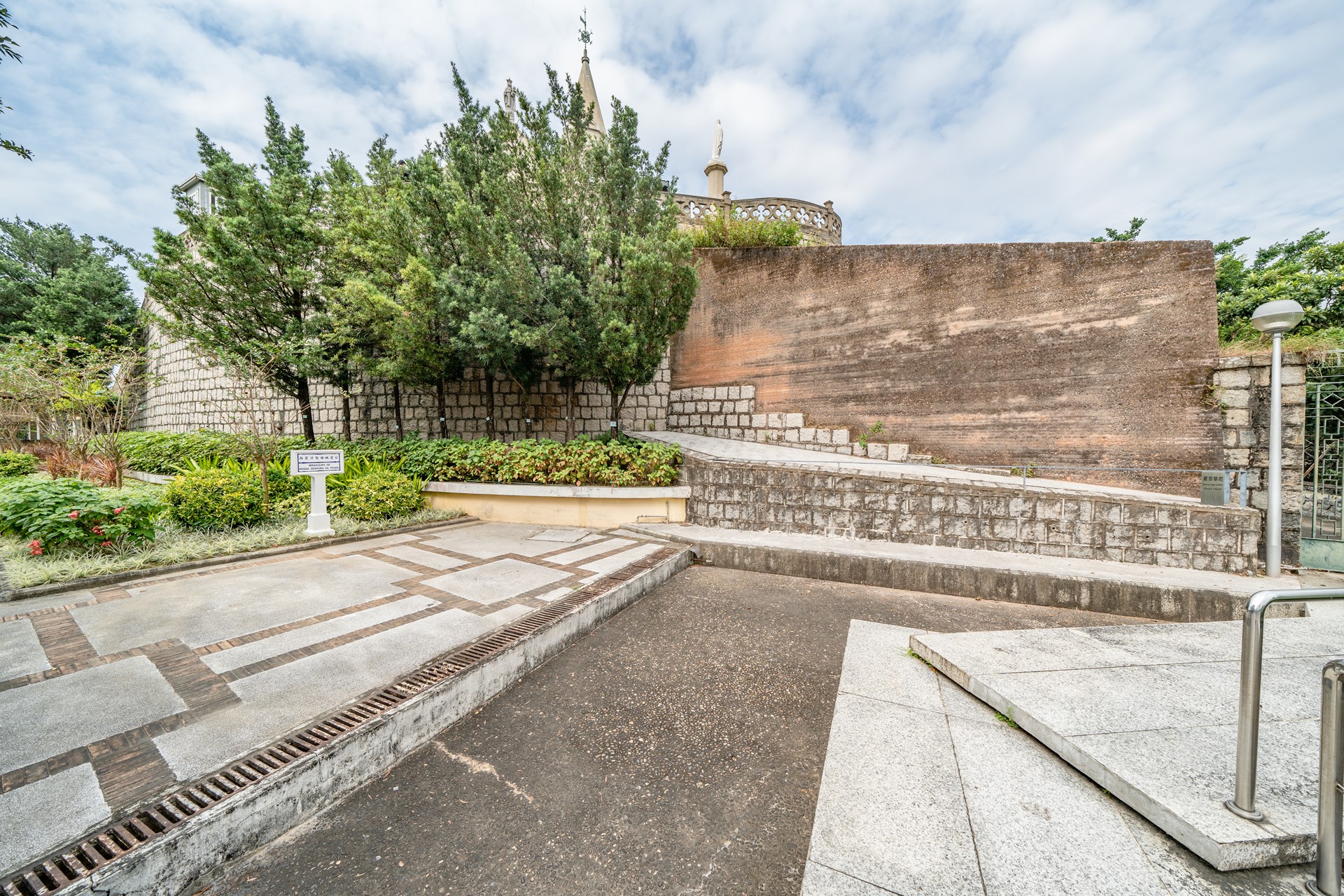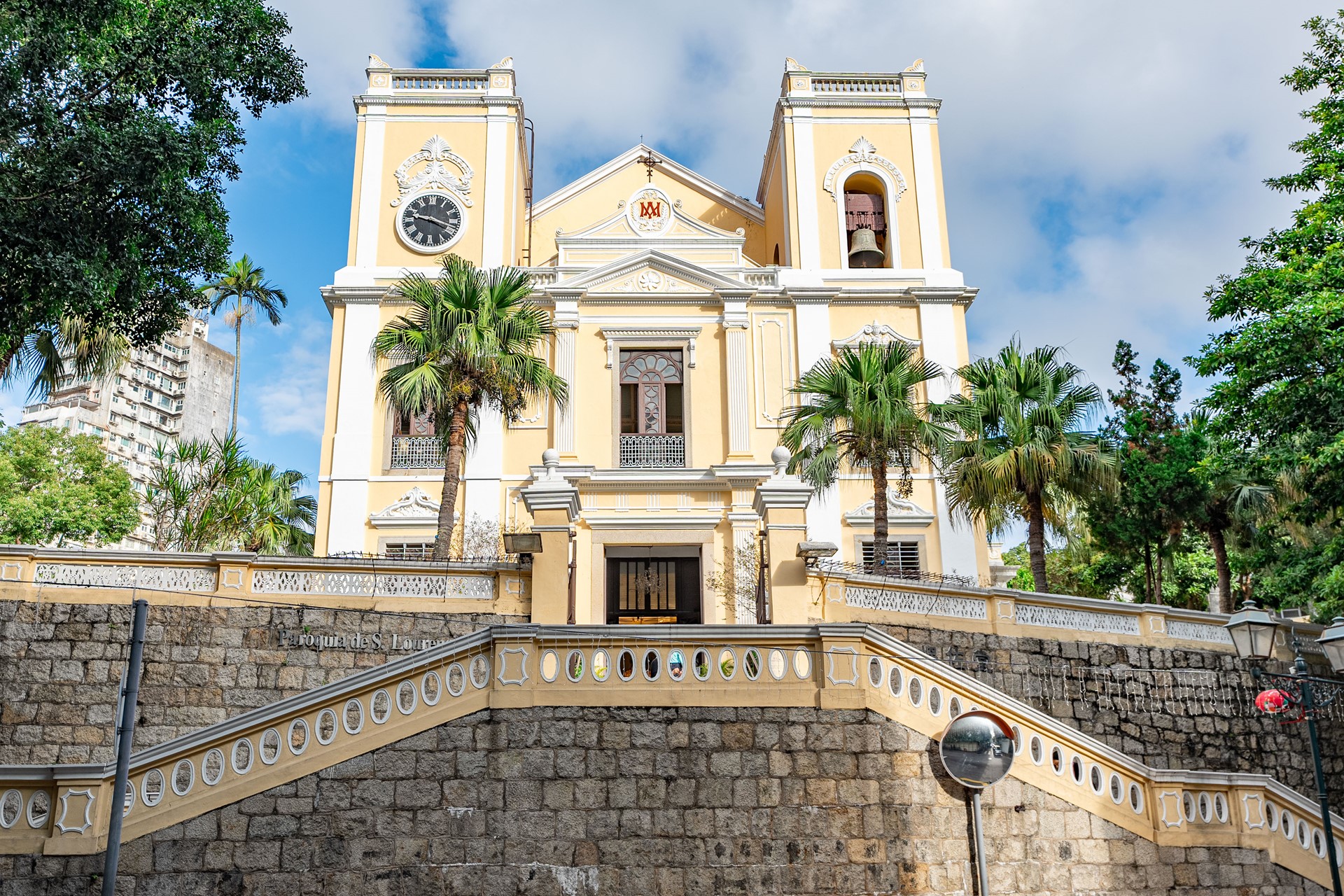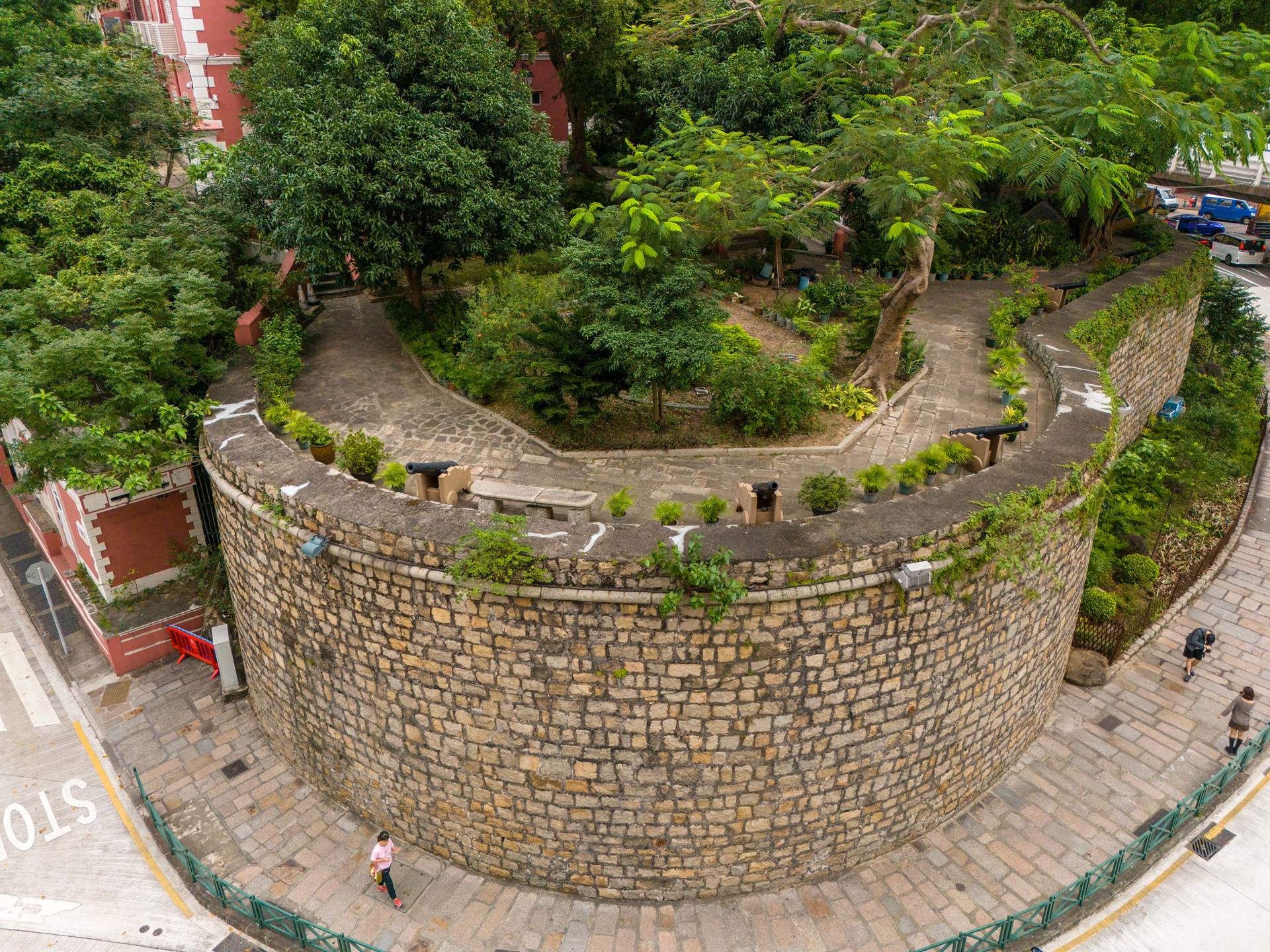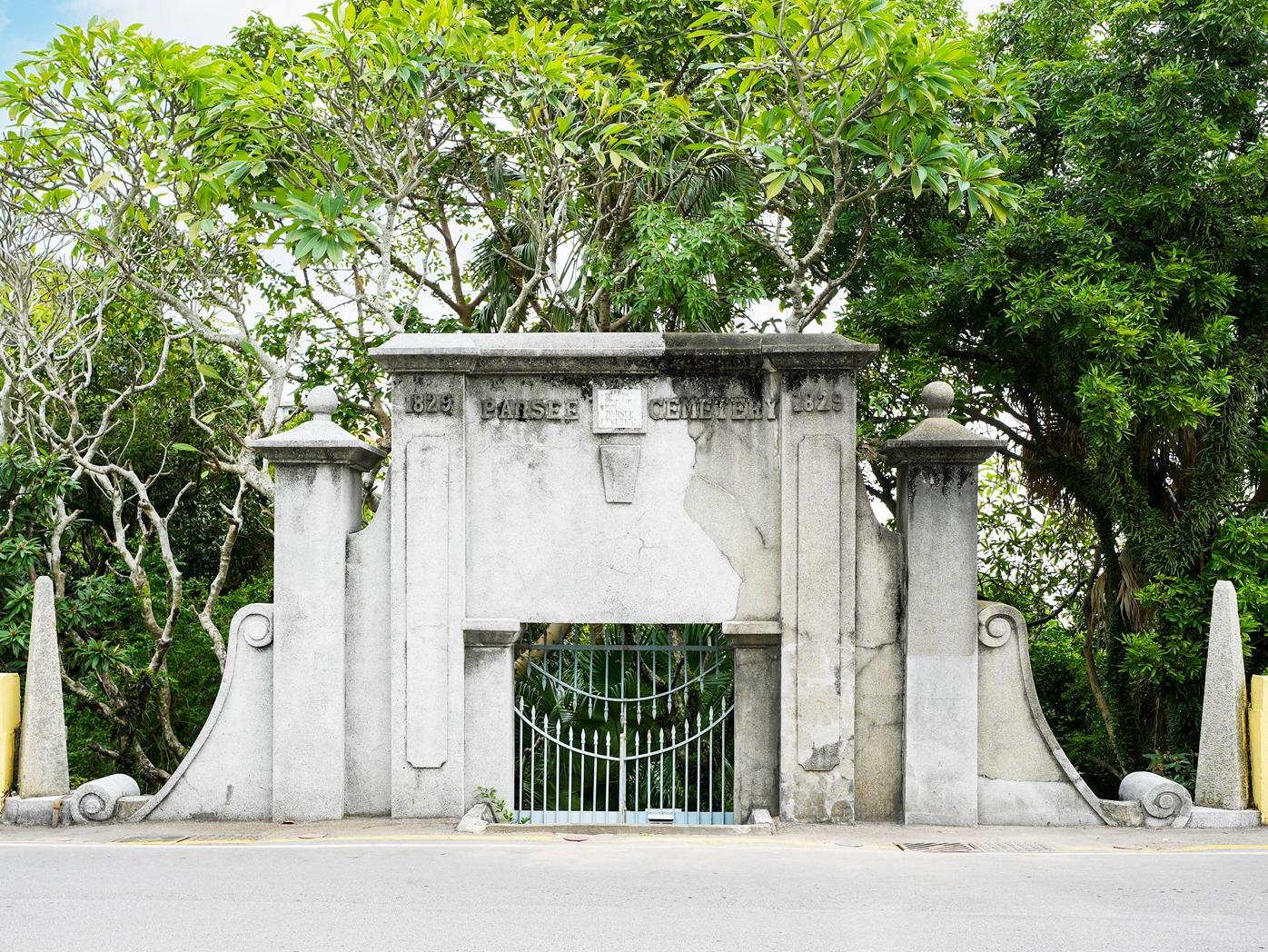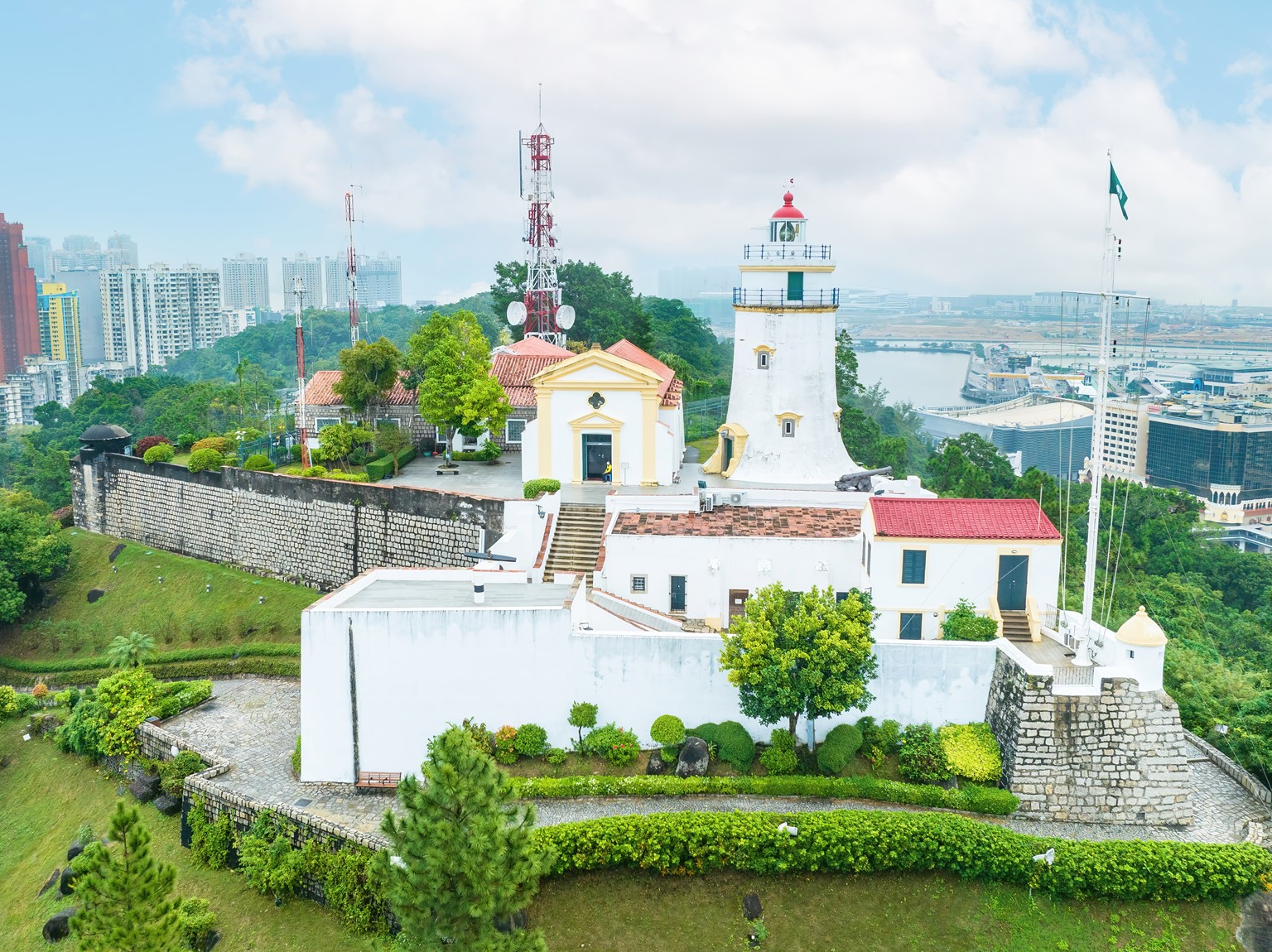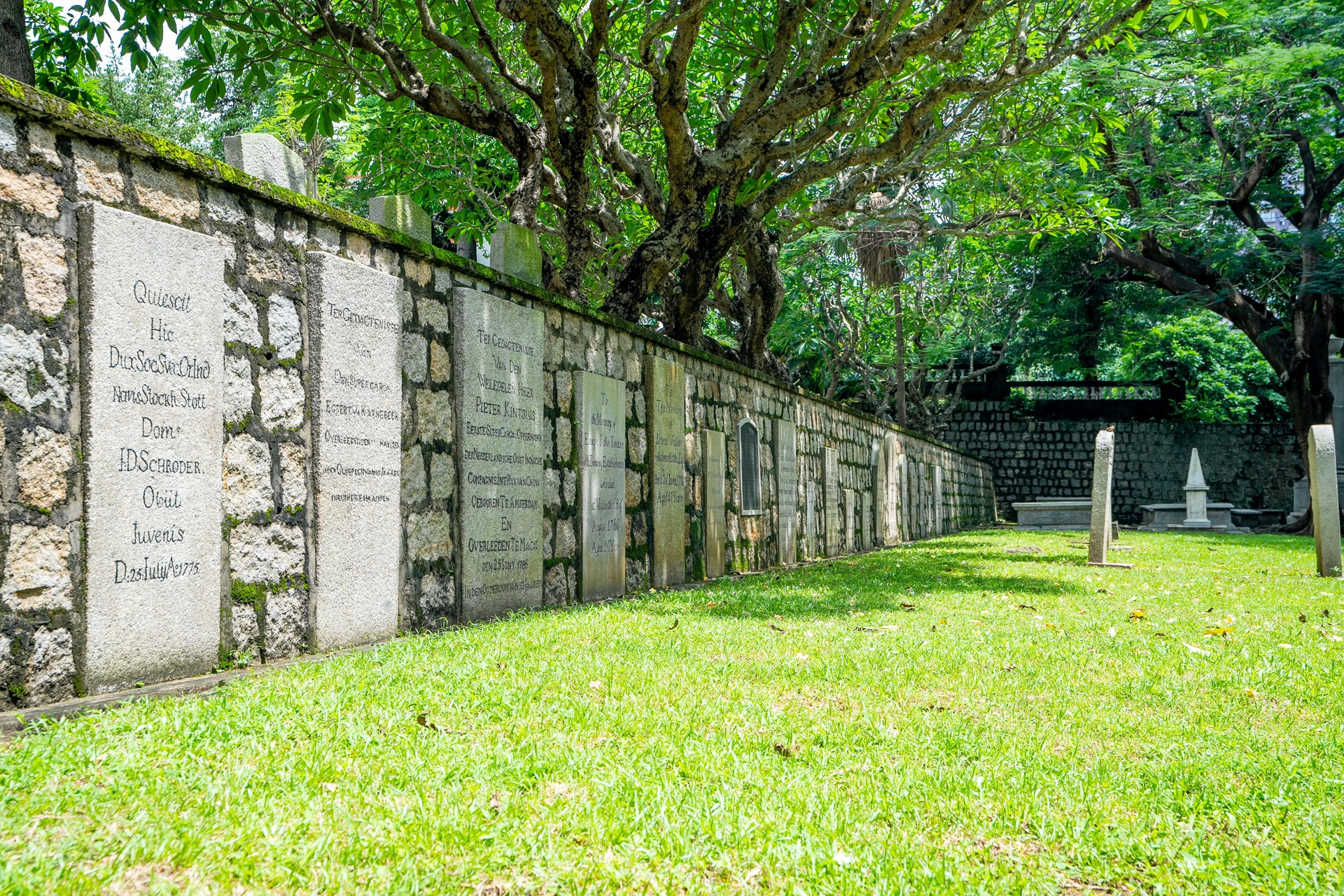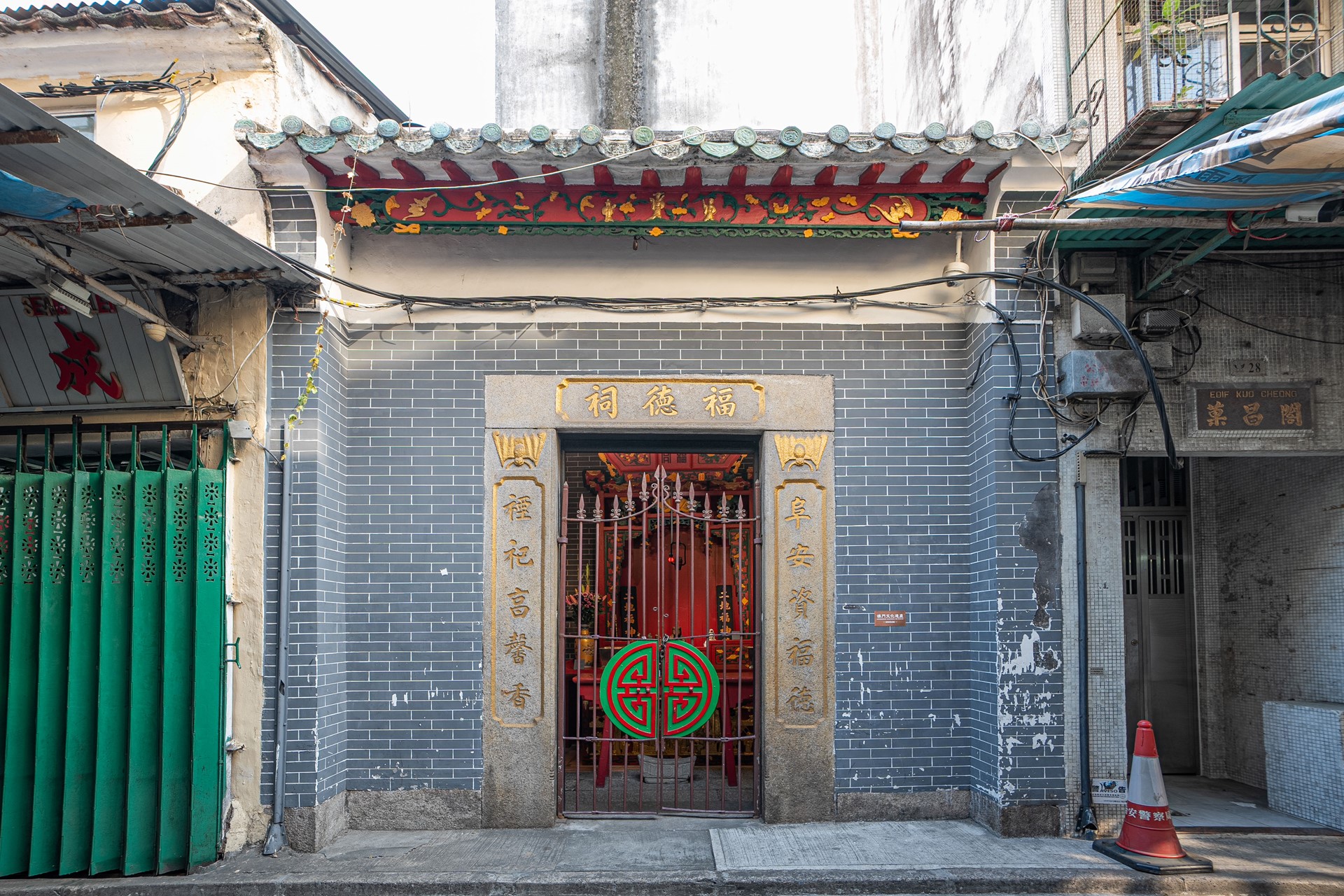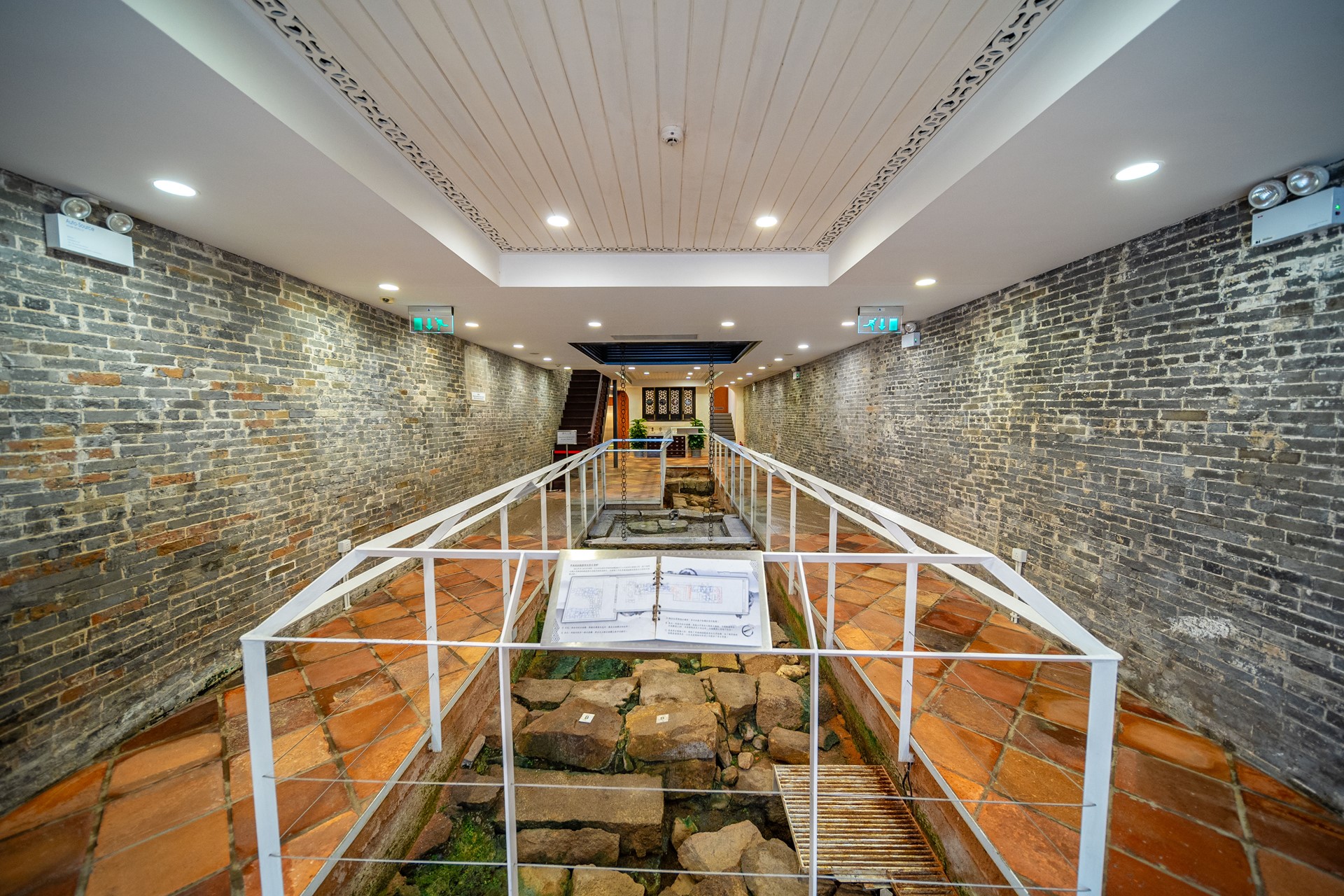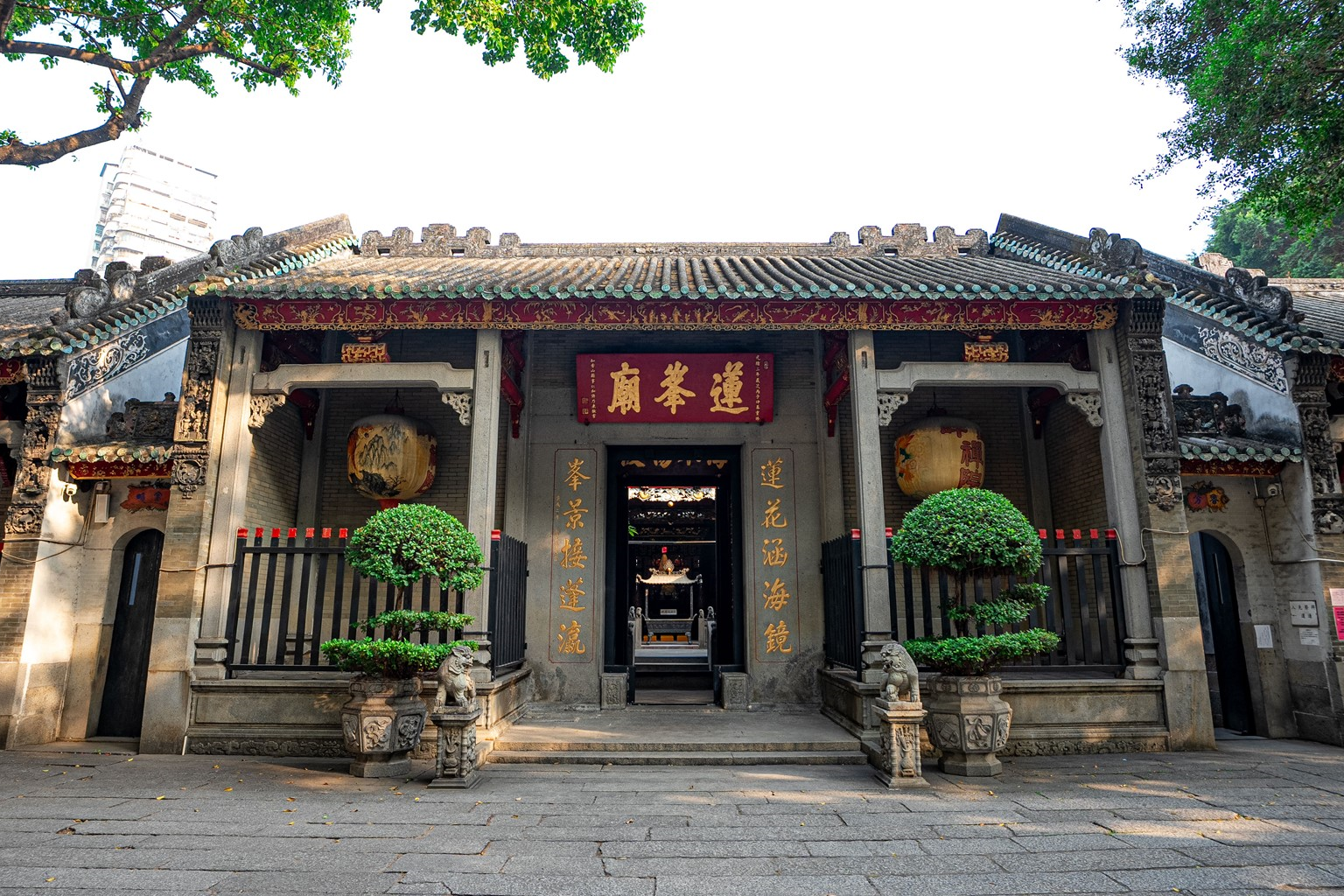The site is located at the northwestern foothill of Mount Hill. Between 2010 and 2012, archaeological fieldwork led to the discovery of a large, man-made pit carved out of the bedrock. The 9.9 metres-deep pit, has a slightly circular opening, with four regular walls, with chisel marks from the manual building process still evident in many spots. The excavation and clearance of the Remains of the Man-made Pit, located in Rua de D. Belchior Carneiro, was completed by 2020-2021. Many everyday utensils, such as fragments of ceramics and porcelain, as well as copper and iron wares, and architectural elements, were excavated from the pit. According to research, the excavated objects date mostly from the late Ming and early Qing dynasties. It was thus inferred that the original construction of the pit dates back to a period no later than the late Ming and early Qing dynasties, which is compatible with the timeframe of St. Paul's College’s operational period (1594-1762). Therefore, it is believed that the Remains of the Man-made Pit located in Rua de D. Belchior Carneiro was part of a large man-made complex facility that existed within the old St. Paul’s College, which was later gradually filled and covered after the college was abandoned.
Since their settlement in Macao, the Portuguese developed the city as a base for trade. By the late Ming and early Qing era, Macao had established three major maritime trade routes: 1) Lisbon-Goa-Malacca-Macao; 2) Macao-Nagasaki, Japan; and 3) Macao-Manila. Chinese commodities such as silk, porcelain and tea were re-exported from the city to the rest of the world, and a large number of export Kraak porcelain pieces, mostly from the Wanli to Chongzhen period of the Ming dynasty and mainly produced by the Jingdezhen non-official kilns of Jiangxi Province, were unearthed from the pit. Since the 1990s, large quantities of Kraak porcelain fragments have been collected in Macao, from various locations, including Largo de Santo Agostinho, Rua das Estalagens, Rua dos Mercadores, etc. Kraak porcelain is a blue-and-white type of ceramic that was especially produced for export, with unique, stylised decorations, featuring alternating decorative border motifs, mostly depicting flowers, birds, insects and fish.
The large number of porcelain fragments unearthed from the area of the Remains of the Man-made Pit located in Rua de D. Belchior Carneiro demonstrates that there was a high volume of export porcelain being transported from the Mainland to Macao and then exported to overseas destinations. That confirms Macao's role as an important transit port and trade node along the Maritime Silk Road, linking East and West, as demonstrated by relevant archaeological evidence.
